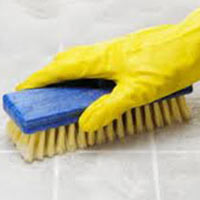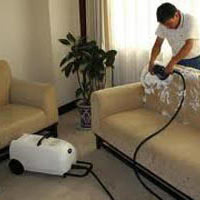






cleanroom validation services
Get Price Quote
Saakvee Technologies lead the way in designing and installing a wide range of customised cleanrooms, including modular cleanrooms, monobloc cleanrooms, hardwall cleanrooms, and softwall cleanrooms that meet the highest international installation and validation qualification standards across various industries. ISO 14644 is just one of the installation and cleanroom validation testing qualifications Saakvee Technologies adhere to. Testing And Validation Cleanroom validation and testing ensures a totally secure environment and ISO compliance. It provides peace of mind that your cleanroom is performing according to specification and that Saakvee are looking after your cleanroom compliance. Saakvee Technologies testing and validation is performed by CTCB-i trained engineers and to international standards ISO 14644 and EU GMP. Cleanroom validation tests to be carried out at your facility can include:

insulation and clean rooms services
Get Price Quote
insulation and clean rooms services, -prefab structures services
Looking for Cleanroom Services Providers

clean room designing
Get Price Quote
clean room designing, Architectural Design Consultancy